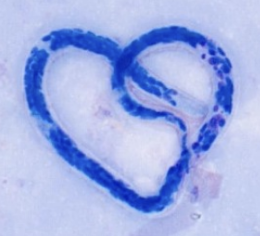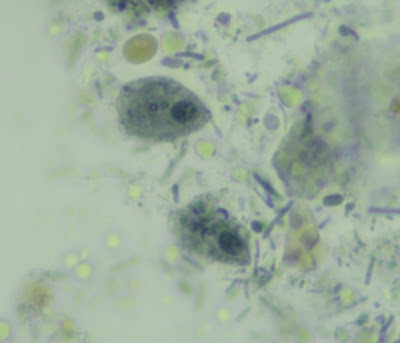Dear Readers, I'm delighted to announce that March and April are Filariasis Months courtesy of Idzi Potters and the Institute of Tropical Medicine in Antwerp!
You may want to brush up on your filariae/microfilariae diagnostic skills in preparation. Here are a few resources to help you:
- World Health Organization Bench Aids for the Diagnosis of Filarial Infections. Available here: https://www.cdc.gov/dpdx/diagnosticprocedures/index.html (see the section on filariasis near the bottom right of the page)
- CDC DPDx - Laboratory Identification of Parasites of Public Health Concern:
- Mathison, Couturier, and Pritt Diagnostic Identification and Differentiation of Microfilariae. J Clin Microbiol 2019. https://journals.asm.org/doi/10.1128/jcm.00706-19








